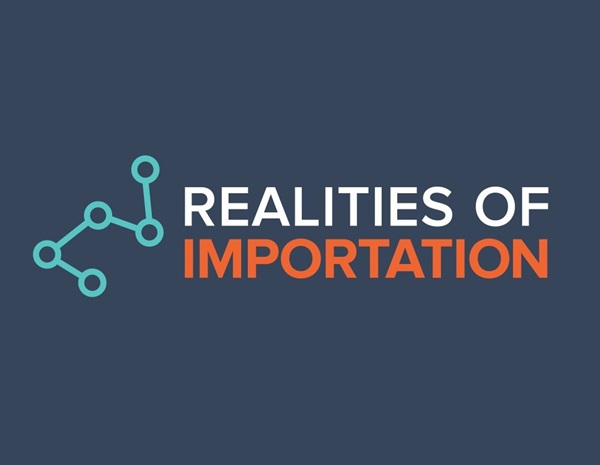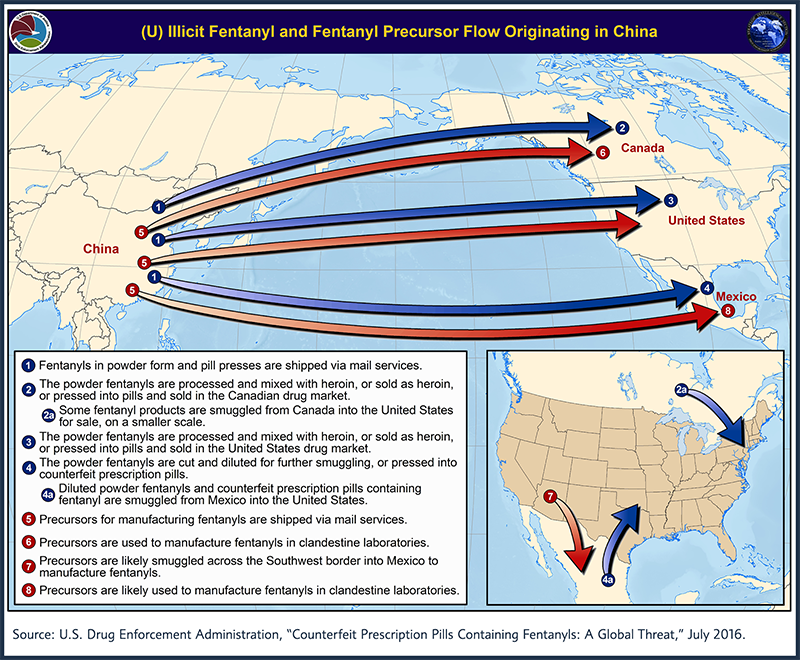How drug importation schemes could increase U.S. law enforcement burdens
A few examples of how drug trafficking and importation proposals can impact law enforcement.

How drug importation schemes could increase U.S. law enforcement burdens
A few examples of how drug trafficking and importation proposals can impact law enforcement.

How drug importation schemes could increase U.S. law enforcement burdens
In recent weeks, we’ve explored some of the dangers of importation for patients and how medicines purchased online can be fake. But what would importation schemes mean for U.S. law enforcement?
Illegal drug trafficking by global criminal organizations is already a challenge for U.S. law enforcement, and the threat of fake, adulterated and addictive drugs, like counterfeit fentanyl, being imported would only increase if drug importation proposals move forward. Law enforcement agencies, including the U.S. Customs and Border Patrol, are already overburdened.
Of note, the U.S. Drug Enforcement Administration (DEA) has already warned about the threat of counterfeit prescription products making their way into the United States illegally via Canada and other countries. This threat continues to grow, particularly with counterfeit opioids, and proposed importation schemes are expected to lead to an even greater quantity of these products entering the United States.
Given the substantial amount of time and resources required of federal, state and local law enforcement to disrupt drug trafficking, opening our borders to drug importation schemes would only heighten the burden and undermine the ability of law enforcement to keep Americans safe. Criminals are waiting to take advantage of an open border system. Here are a few examples of how drug trafficking and importation proposals can impact law enforcement:

With large-scale importation proposals, we can’t ignore the danger of overwhelming already overburdened law enforcement agencies with increased counterfeit products, including opioids.
Learn more about the dangers of drug importation here: PhRMA.org/Importation